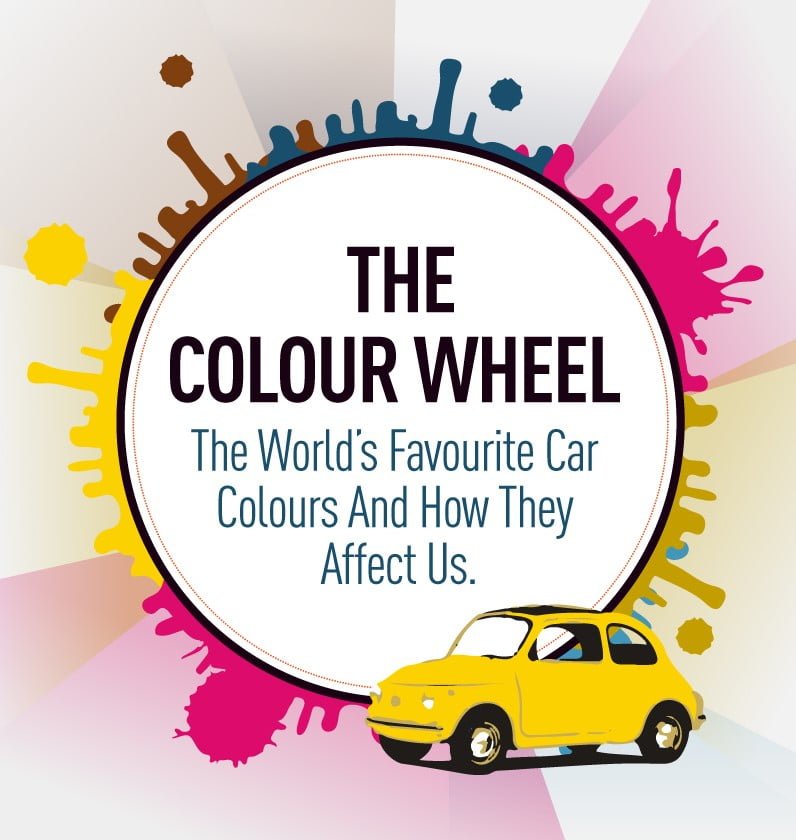Choosing which new car to buy can be a very difficult decision indeed, there are so many things to consider before you make your final choice. Things like which fuel to opt for, the finish to have, what miles to the gallon will it give you, and then what sort of performance you need, sporty hatch or family saloon, the list might well seem endless. And after all those decisions you need to think about what colour you should have.
Check out our H2 hedge fund letters here.
Select Car Leasing have created a handy Colour Wheel to help you find the best tone for your next motor.
Historically colours like silver, black, grey and white are the most popular, with black holding the record until recently when white has proved the most desired colour. In 2005 less than 1% of new cars on the road were white, but in 2017 this percentage rose to almost 25%, a huge increase with black the second choice at 20%.
It might seem odd that with all the diverse colours available that these basic colours still hold such an enormous slice of the market, but manufacturers are trying to turn the tides with a whole spectrum of new colours being introduced in the next few years.
Many people are familiar with Henry Ford’s quote about his model T Ford “you can have any colour you want as long as it’s black” but the car was actually available in black, blue, green, grey or red when it was first manufactured. It was only limited to black seven years later to curb costs and keep the car affordable to the masses.
The first cars produced in the 1920’s were often custom finished in bright colours, red, green, orange and black, with canary yellow a firm favourite. In 1934 the move towards silver and grey was influenced by racing cars where bare metal was used to save weight.
The depression of the 1930’s saw the flamboyant colours abandoned in favour of more subdued hues such as deep blues, grey greens and browns, and of course black.
In the 1950’ pastel colours became popular, particularly pale green and bi and tri coloured chassis were common.
Metallic paint became popular in the 1930’s with green, blue and turquoise holding the top spot and gold appearing for the first time. Bright colours would hold sway for many years with metallic paintwork ever increasing in popularity.
Many manufacturers today will offer only basic colours for their cars and any custom colour-ways will be charged at an extra rate, with some manufacturers charging up to £700 for your desired finish. But beware, as some colours like yellow, orange and brown will depreciate more at resale than more popular colours like silver, black and white.
Manufacturers of car paints and finishes are supposedly trying to educate our tastes to include a more divers spectrum of shades, and the next few years are set to see a whole tranche of new and existing colours for our perusal. It's worth remembering that white and silver cars tend to hide scratches and paint damage more easily than darker coloured cars.
The Colour Wheel by SELECT CAR LEASING.







